Home>Gardening & Outdoor>Plant Care & Gardening Tips>What Makes A Florida Plant A Native Plant
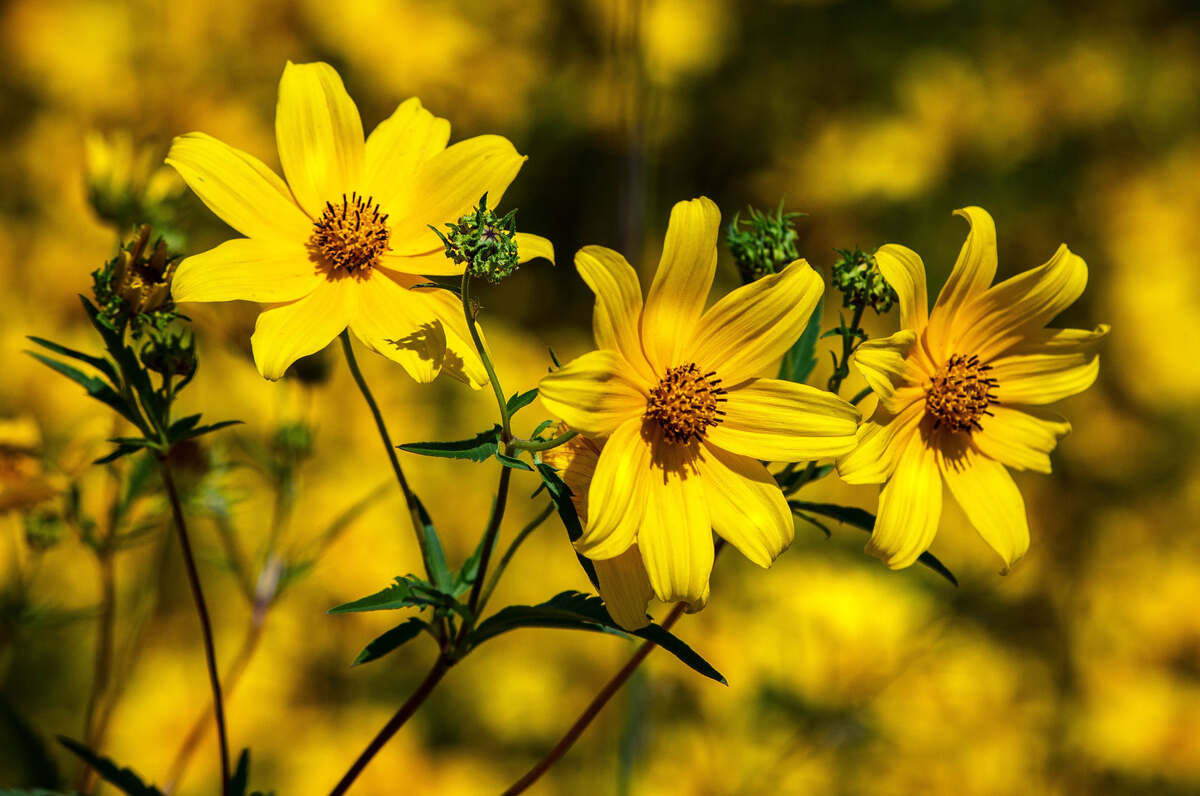

Plant Care & Gardening Tips
What Makes A Florida Plant A Native Plant
Modified: January 4, 2024
Discover the essential characteristics that define a Florida plant as native and get valuable plant care and gardening tips for thriving in the local climate.
(Many of the links in this article redirect to a specific reviewed product. Your purchase of these products through affiliate links helps to generate commission for Storables.com, at no extra cost. Learn more)
**
Introduction
**
Welcome to the lush and vibrant world of Florida's native plants! Whether you're a seasoned gardener or just beginning to explore the wonders of plant care, understanding the unique qualities of native flora is essential to cultivating a thriving and sustainable garden. In this article, we'll embark on a journey to uncover the captivating characteristics of Florida's native plants, exploring their significance in landscaping, as well as the challenges and rewards they offer to gardening enthusiasts.
Florida's diverse ecosystems, ranging from the verdant woodlands to the sun-kissed coastal regions, host a rich tapestry of native plant species. These plants have evolved over centuries to adapt to the state's specific climate, soil, and wildlife, making them an invaluable resource for both the environment and gardeners seeking resilient and low-maintenance greenery. Let's delve into the essence of what makes a Florida plant a native plant, unveiling the beauty and benefits they bring to our landscapes and lives.
**
Key Takeaways:
- Embracing Florida’s native plants in gardening supports the environment, conserves water, and provides habitats for wildlife, creating sustainable and beautiful landscapes.
- Growing native plants in Florida presents challenges, but also offers opportunities for education, advocacy, and celebrating the state’s diverse flora.
Read more: How Many Non Native Plant Species In Florida
Definition of a Native Plant
**
Before we immerse ourselves in the world of Florida's native plants, it's essential to grasp the concept of what defines a plant as “native.” In the realm of botany and horticulture, a native plant is one that occurs naturally in a particular region, having developed and adapted to the local environment over an extended period. In the context of Florida, native plants are those that have evolved within the state's distinct ecosystems, encompassing a wide array of species that have thrived in the region long before human settlement.
These indigenous plants play a pivotal role in maintaining the ecological balance of their respective habitats, providing sustenance and shelter for native wildlife while contributing to the overall resilience and biodiversity of the region. Their adaptation to the local climate, soil conditions, and wildlife interactions distinguishes them from non-native or exotic plants, making them inherently suited to thrive in their natural environment with minimal human intervention.
For gardening enthusiasts and conservationists, understanding and promoting the use of native plants is crucial for preserving the integrity of Florida's ecosystems and fostering sustainable landscapes. By embracing the beauty and functionality of these indigenous botanical treasures, we can create gardens that harmonize with the natural environment, conserve water resources, and support the intricate web of life that defines Florida's ecological heritage.
**
Characteristics of Florida Native Plants
**
Florida’s native plants exhibit a myriad of distinctive characteristics that set them apart from non-native species, contributing to their ecological significance and appeal for landscaping and gardening purposes. Understanding these unique traits is key to appreciating the value they bring to the natural environment and their potential for enhancing cultivated landscapes. Let’s explore some of the defining characteristics of Florida’s native plants:
Adaptation to Climate and Soil: Florida’s diverse climate, ranging from the humid subtropical regions in the north to the tropical climates in the south, has shaped the adaptation of native plants to thrive in a variety of environmental conditions. From the drought-tolerant resilience of the saw palmetto (Serenoa repens) to the waterlogged habitats embraced by the bald cypress (Taxodium distichum), native plants have evolved to withstand the state’s climatic extremes and soil compositions, making them well-suited for sustainable landscaping and conservation efforts.
Wildlife Interaction: Florida’s native plants have established intricate relationships with the state’s diverse wildlife, providing essential food sources, shelter, and nesting sites for a wide array of species. The nectar-rich blooms of the firebush (Hamelia patens) attract hummingbirds and butterflies, while the berries of the beautyberry (Callicarpa americana) serve as a vital food source for songbirds. These interactions contribute to the ecological balance of Florida’s ecosystems, supporting biodiversity and the preservation of native wildlife.
Low Maintenance and Resilience: Many native plant species in Florida are inherently low-maintenance, requiring minimal irrigation, fertilization, and pest control once established in a suitable habitat. Their natural adaptation to the local environment reduces the need for chemical inputs and intensive care, making them an eco-friendly and sustainable choice for landscaping projects. Additionally, their resilience to pests and diseases contributes to the overall health and stability of cultivated landscapes.
Seasonal Variability: Florida’s native plants showcase a diverse array of seasonal changes, from the vibrant blooms of spring wildflowers to the striking foliage transformations of deciduous species during the fall and winter months. This seasonal variability adds visual interest and dynamic appeal to landscapes, creating ever-changing tapestries of color and texture throughout the year.
By embracing these characteristics, gardeners and conservationists can harness the inherent beauty and functionality of Florida’s native plants to create resilient, biodiverse, and visually captivating landscapes that honor the state’s natural heritage.
**
Look for plants that are naturally found in Florida and have evolved to thrive in the local climate and soil conditions. These plants provide important habitat and food for native wildlife.
Importance of Using Native Plants in Landscaping
**
Integrating native plants into landscaping endeavors offers a multitude of benefits that extend beyond aesthetic appeal, contributing to the ecological integrity, sustainability, and resilience of cultivated outdoor spaces. Whether designing a residential garden or embarking on large-scale landscaping projects, recognizing the importance of utilizing Florida’s native plants is essential for fostering thriving and environmentally conscious landscapes. Let’s explore the significance of incorporating native plants in landscaping:
Ecological Harmony: Native plants play a fundamental role in fostering ecological harmony within landscaped areas, serving as a vital link to the region’s natural ecosystems. By replicating the intricate relationships between native flora and local wildlife, landscapers can create habitats that support pollinators, birds, and other beneficial organisms, contributing to the preservation of biodiversity and the overall health of the environment.
Water Conservation: Florida’s native plants are adept at conserving water, having evolved to thrive in the state’s varying moisture conditions. Their deep root systems, drought tolerance, and water-efficient characteristics make them valuable allies in water conservation efforts, reducing the need for excessive irrigation and promoting sustainable landscaping practices that align with the region’s natural hydrology.
Reduced Maintenance and Input: Native plants generally require less maintenance, fertilizer, and pesticide inputs compared to non-native species, contributing to lower maintenance costs and a reduced ecological footprint. Their natural adaptation to the local environment minimizes the need for supplemental watering, chemical treatments, and intensive care, resulting in landscapes that are both visually appealing and environmentally sustainable.
Preservation of Heritage: Incorporating Florida’s native plants in landscaping projects honors the region’s botanical heritage and cultural identity. By showcasing the diverse array of native flora, landscapers can celebrate the unique beauty and resilience of these indigenous species, fostering a sense of connection to the state’s natural landscapes and promoting awareness of the importance of preserving native plant diversity.
Enhanced Wildlife Habitat: Landscapes enriched with native plants provide essential habitat and food sources for a wide range of native wildlife, contributing to the conservation of local species and the creation of thriving ecological communities. From providing nesting sites for birds to offering forage for pollinators, native plant-rich landscapes contribute to the preservation of wildlife diversity and the promotion of sustainable coexistence between humans and nature.
By recognizing the importance of using native plants in landscaping, individuals and organizations can contribute to the conservation of Florida’s natural heritage, create resilient and biodiverse landscapes, and cultivate outdoor spaces that harmonize with the region’s unique ecosystems.
**
Challenges of Growing Native Plants
**
While the utilization of Florida’s native plants offers a multitude of benefits, including ecological sustainability and wildlife support, it also presents unique challenges that gardeners and landscapers may encounter when cultivating these indigenous species. Understanding and addressing these challenges is essential for successful plant care and the establishment of thriving native plant communities. Let’s explore some of the key challenges of growing native plants:
Site Specificity: Florida’s native plants are often highly adapted to specific environmental conditions, including soil types, moisture levels, and sunlight exposure. Matching the unique requirements of native species to the intended planting site is crucial for their successful establishment and long-term viability. Site analysis and selection are essential steps in ensuring that the environmental needs of native plants are met, posing a challenge for gardeners seeking to create suitable habitats for these species.
Availability and Sourcing: Acquiring a diverse selection of native plant species for landscaping projects can be a challenge, as certain species may be less readily available in nurseries or garden centers compared to non-native ornamentals. Locating reputable native plant nurseries and suppliers, as well as sourcing seeds or propagules from reliable sources, requires dedicated effort and research to access a comprehensive range of native species for cultivation.
Establishment and Maintenance: While native plants are often lauded for their low-maintenance characteristics, the establishment phase can present challenges, particularly in terms of weed competition, irrigation requirements during initial establishment, and potential susceptibility to browsing by wildlife. Providing the necessary care and attention during the critical establishment period is essential for ensuring the successful integration of native plants into the landscape.
Educational Awareness: Promoting the use of native plants in landscaping requires raising awareness and providing education about the benefits and cultural significance of indigenous flora. Overcoming misconceptions and unfamiliarity with native species, as well as advocating for their ecological value, presents a challenge in cultivating widespread appreciation and understanding of the importance of utilizing native plants in landscaping and conservation efforts.
Regulatory Considerations: In certain landscaping and development contexts, regulatory constraints and guidelines may impact the selection and use of native plants, posing a challenge for integrating these species into planned projects. Navigating regulatory requirements and advocating for the inclusion of native plants in landscaping designs can be a complex endeavor, requiring collaboration with local authorities and stakeholders to promote environmentally conscious landscaping practices.
By acknowledging and addressing these challenges, gardeners, landscapers, and conservationists can navigate the intricacies of growing native plants, fostering a deeper appreciation for Florida’s botanical heritage and contributing to the preservation of the state’s natural ecosystems.
**
Read more: What Is A Native Plant
Conclusion
**
As we conclude our exploration of what makes a Florida plant a native plant, it becomes evident that these indigenous botanical treasures hold immense value for the environment, wildlife, and cultivated landscapes. Embracing the unique characteristics and significance of Florida’s native plants is not only a testament to the state’s natural heritage but also a commitment to sustainable gardening practices and ecological stewardship.
By understanding the definition of native plants and recognizing their adaptation to the local environment, we gain insight into the intrinsic value these species hold for preserving biodiversity, conserving water resources, and supporting native wildlife. The importance of incorporating native plants in landscaping endeavors extends beyond mere aesthetics, encompassing ecological harmony, water conservation, reduced maintenance, and the preservation of cultural and botanical heritage.
While the challenges of growing native plants may present hurdles in their cultivation and integration into landscapes, they also offer opportunities for education, advocacy, and the celebration of Florida’s diverse flora. Overcoming these challenges requires dedication, collaboration, and a shared commitment to promoting the use of native plants in landscaping and conservation initiatives.
As gardeners, landscapers, and stewards of the environment, we have the privilege and responsibility to cultivate outdoor spaces that honor Florida’s natural ecosystems, celebrate its botanical diversity, and provide sustainable habitats for native wildlife. Through the thoughtful integration of Florida’s native plants, we can create landscapes that not only captivate the eye but also harmonize with the region’s ecological tapestry, fostering a legacy of beauty, resilience, and environmental stewardship for generations to come.
Let us continue to embrace the allure of Florida’s native plants, recognizing them as invaluable assets that enrich our landscapes, support our ecosystems, and inspire a deeper connection to the natural wonders that define the Sunshine State.
Frequently Asked Questions about What Makes A Florida Plant A Native Plant
Was this page helpful?
At Storables.com, we guarantee accurate and reliable information. Our content, validated by Expert Board Contributors, is crafted following stringent Editorial Policies. We're committed to providing you with well-researched, expert-backed insights for all your informational needs.
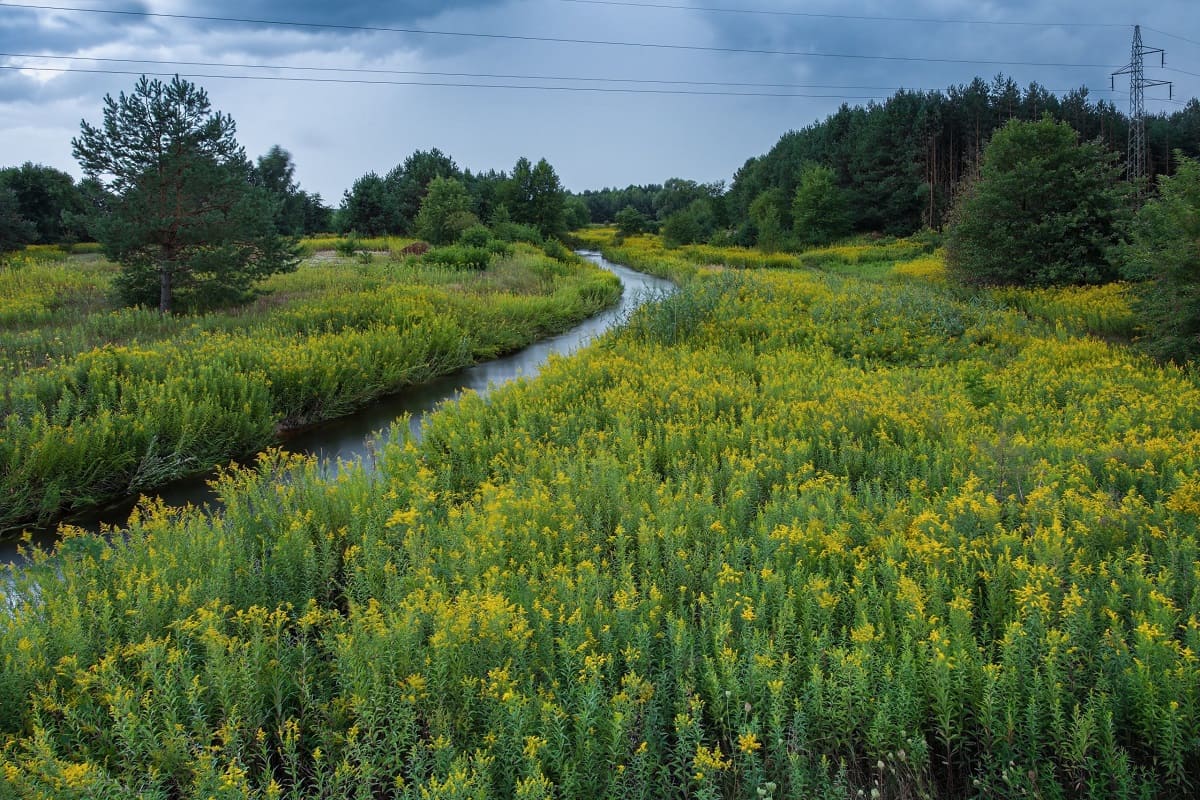
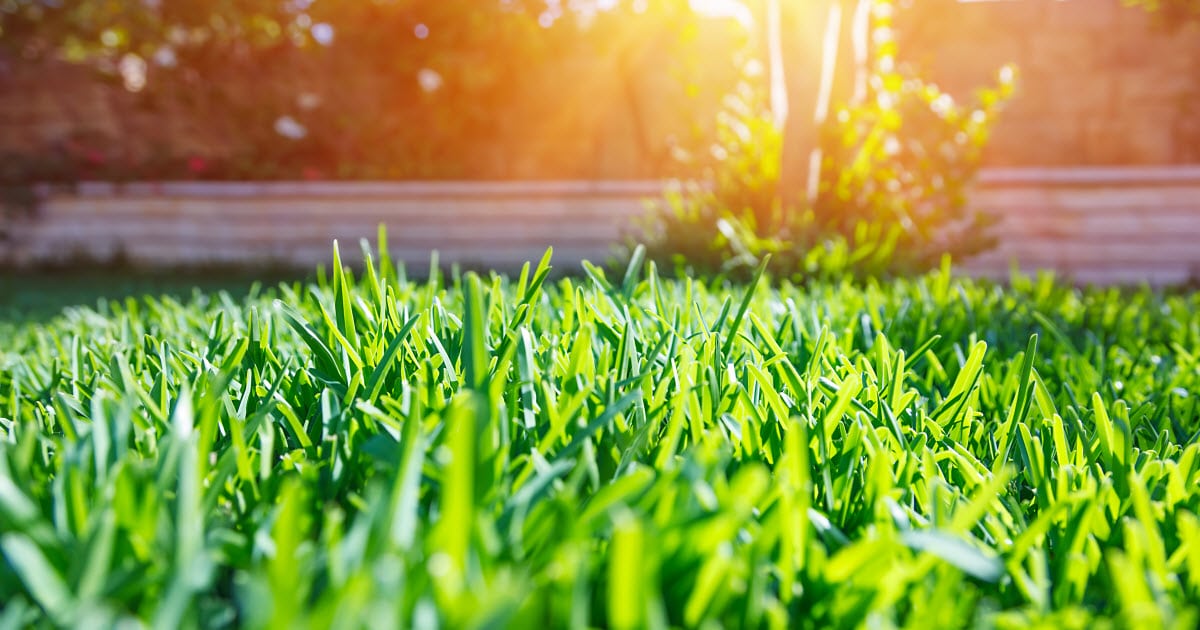
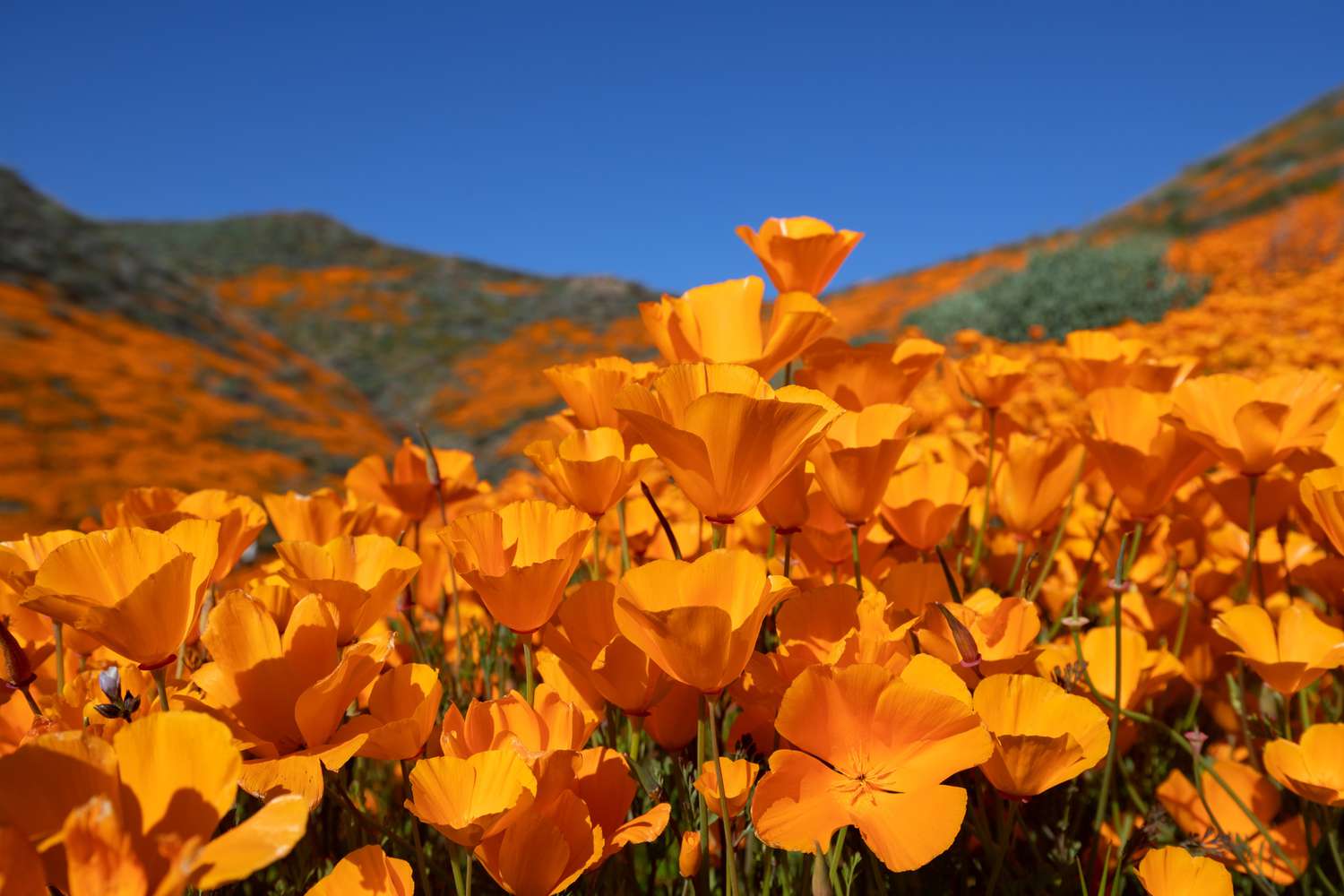
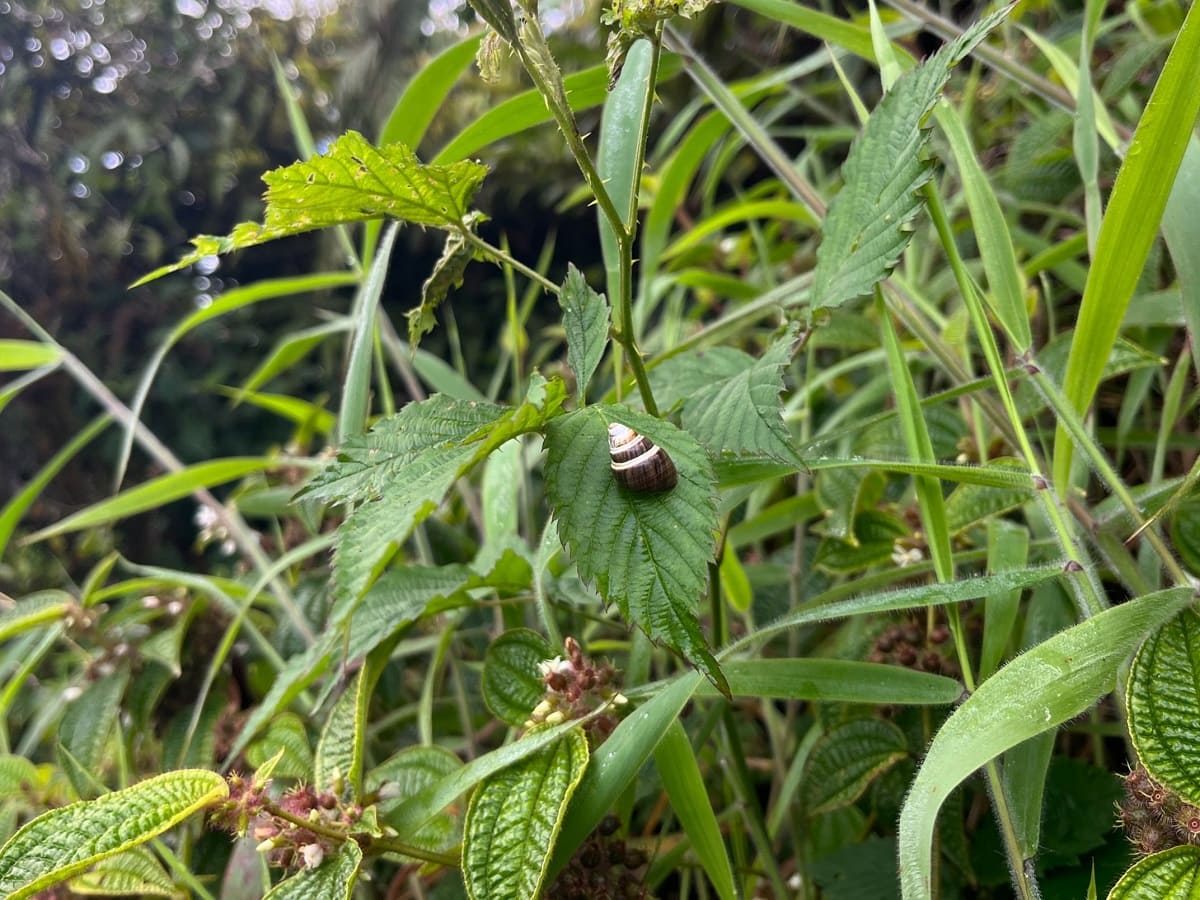
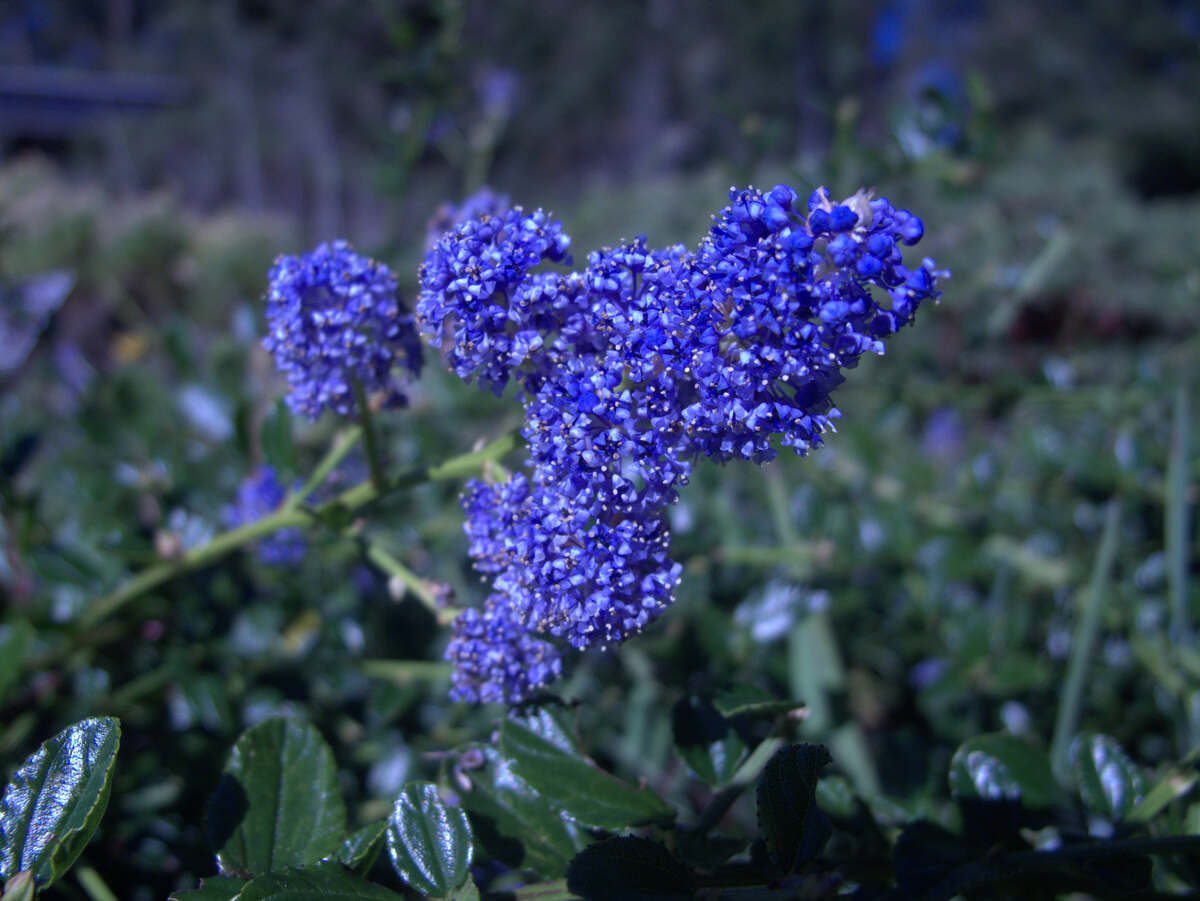
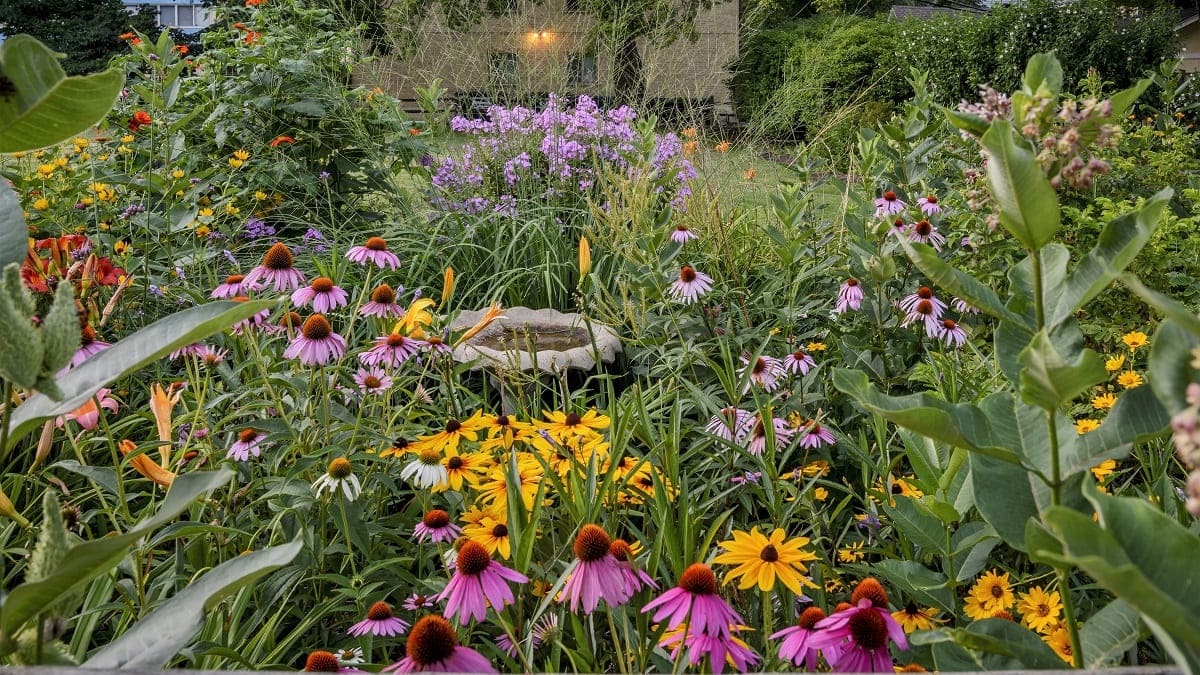
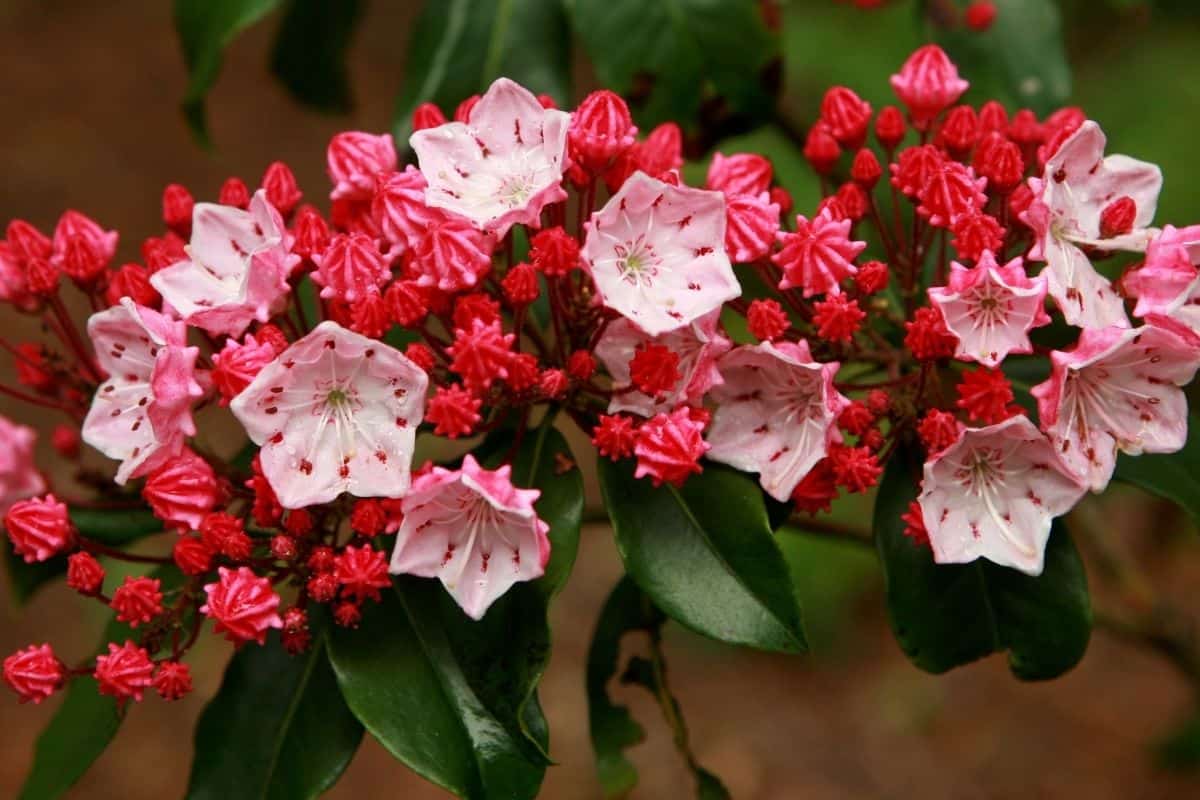
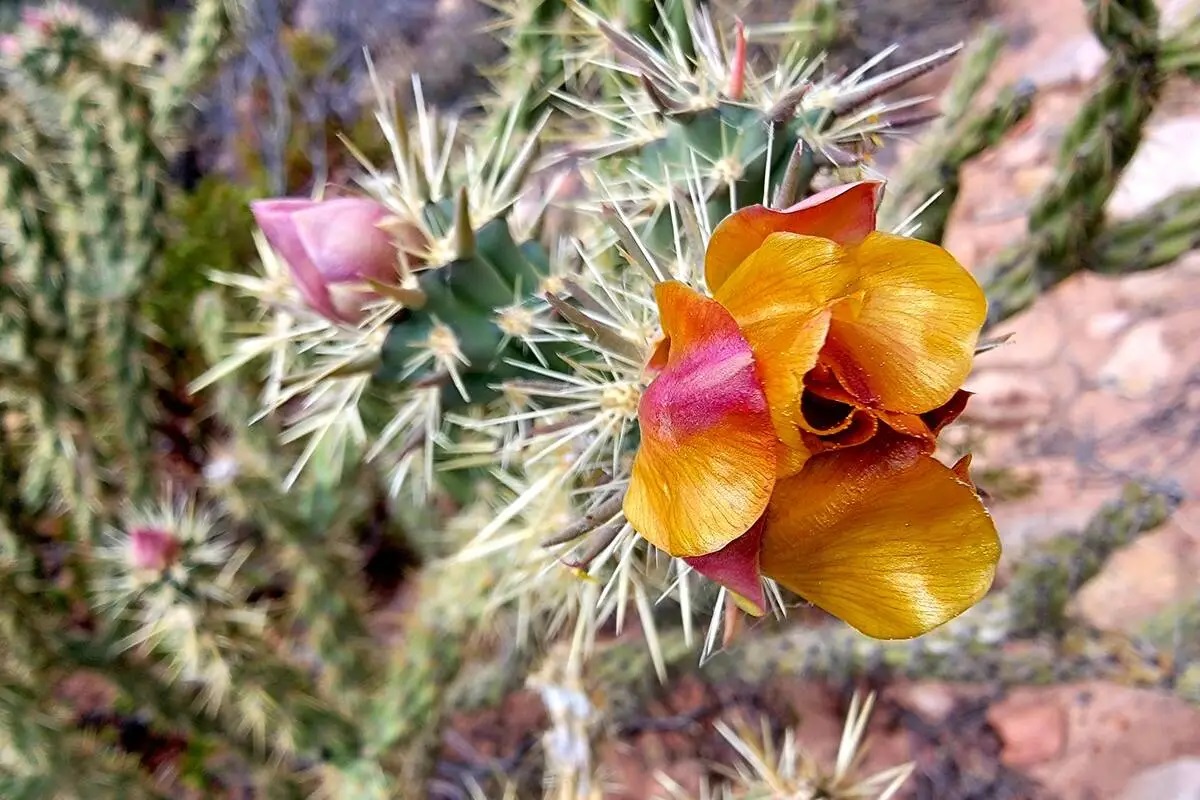
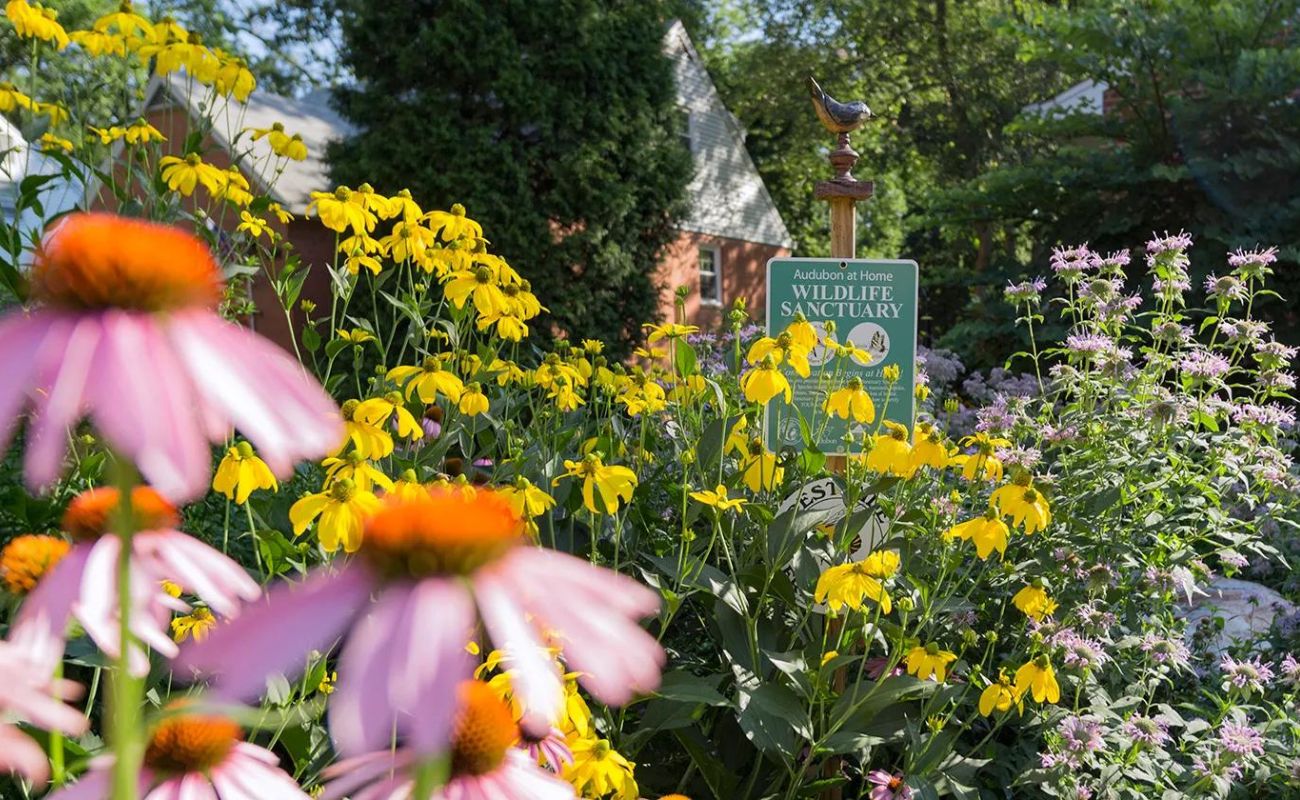
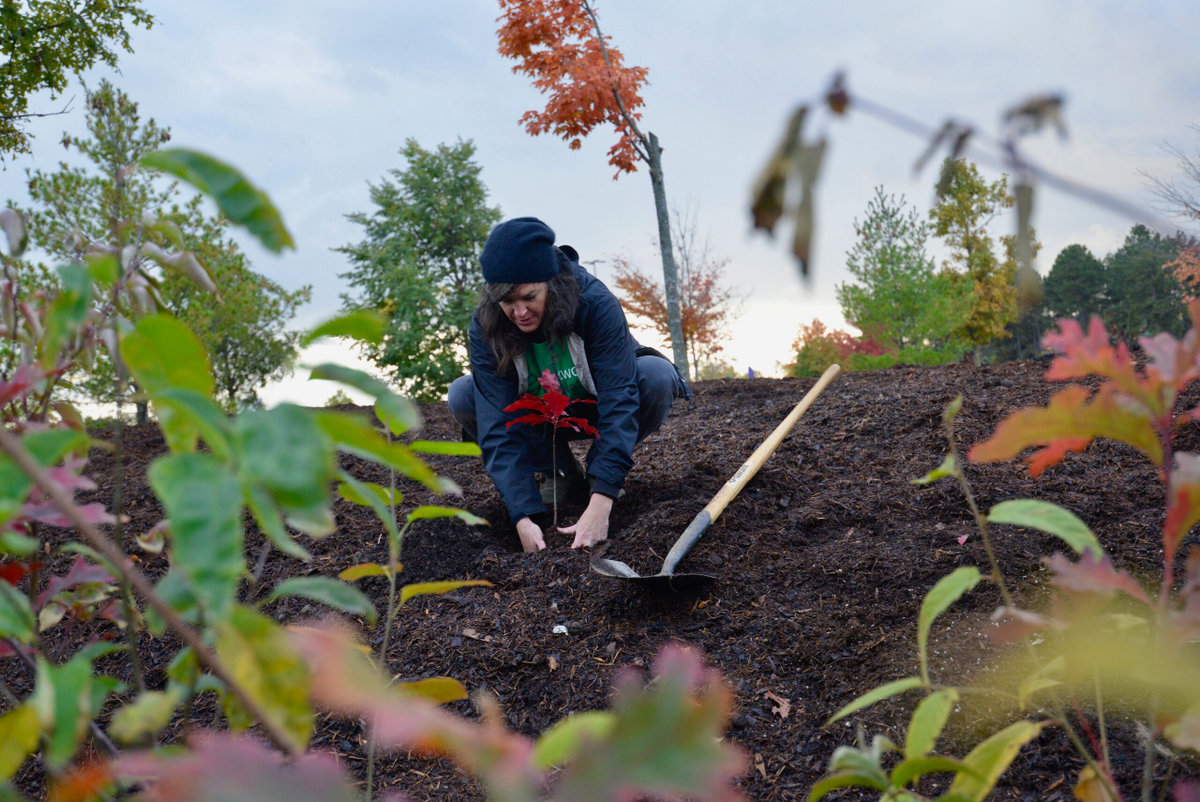

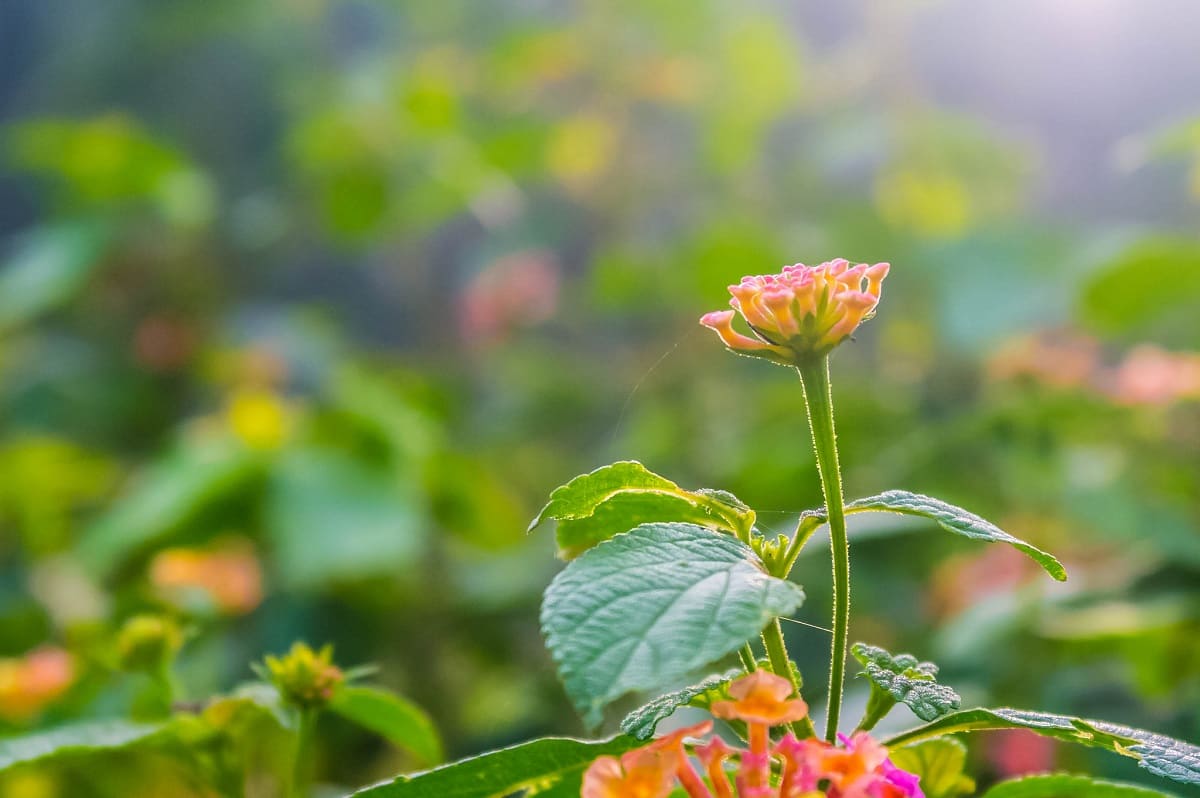
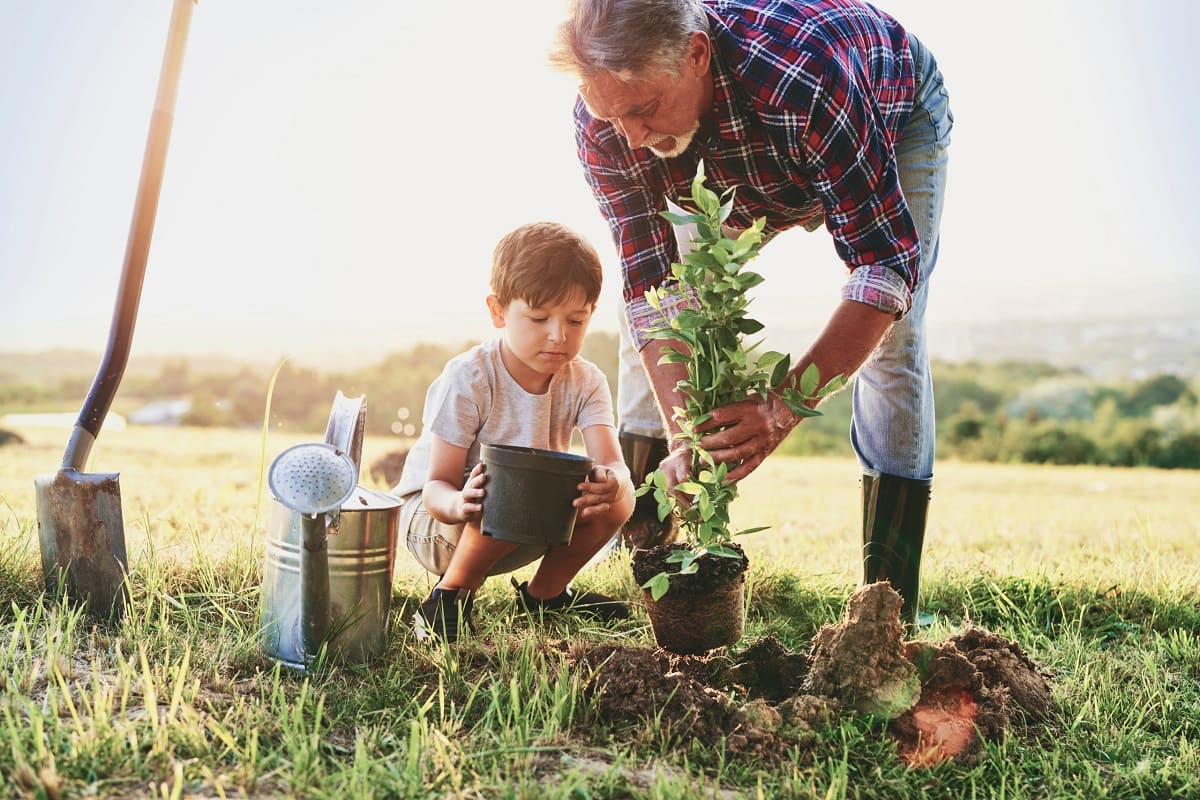
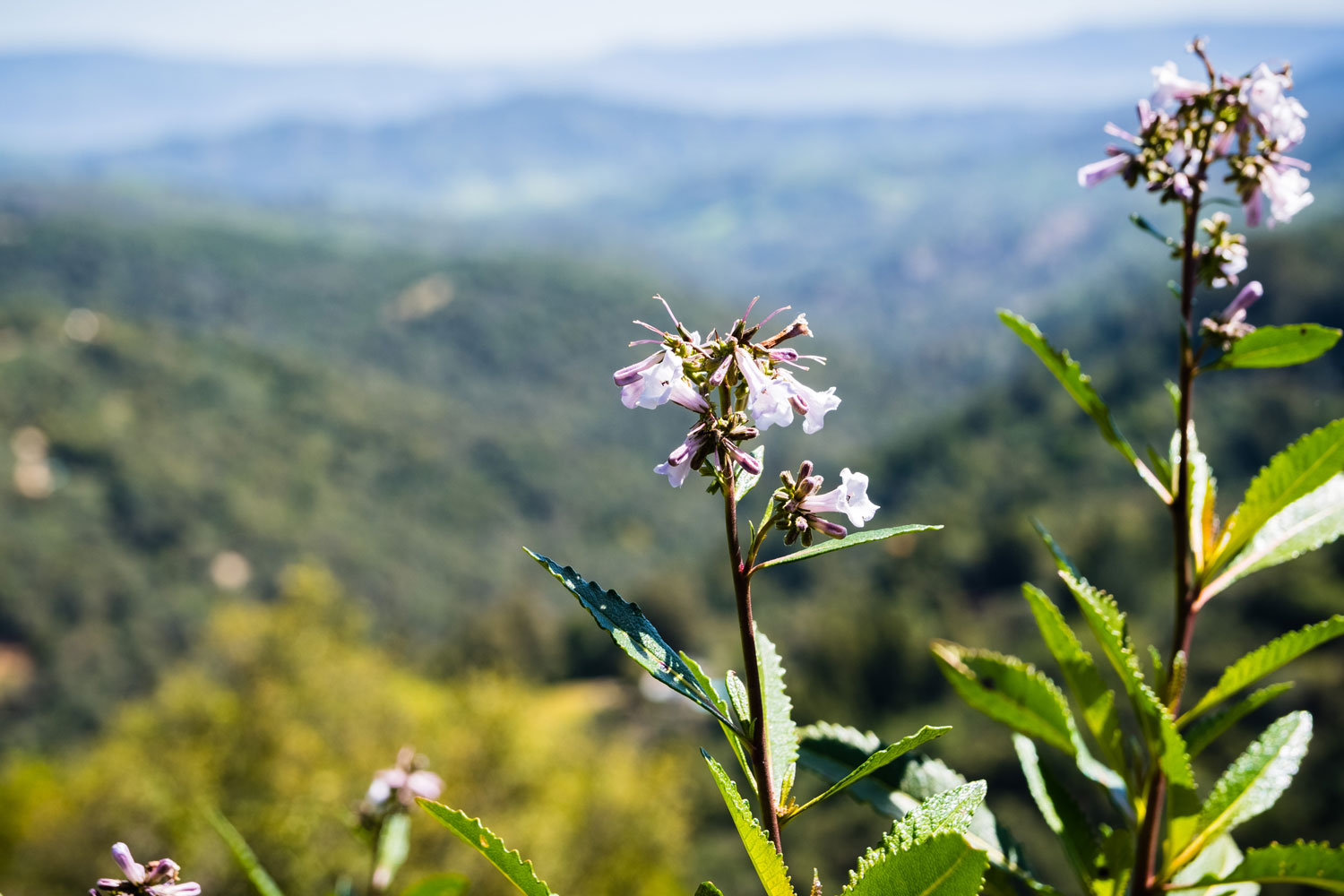

0 thoughts on “What Makes A Florida Plant A Native Plant”